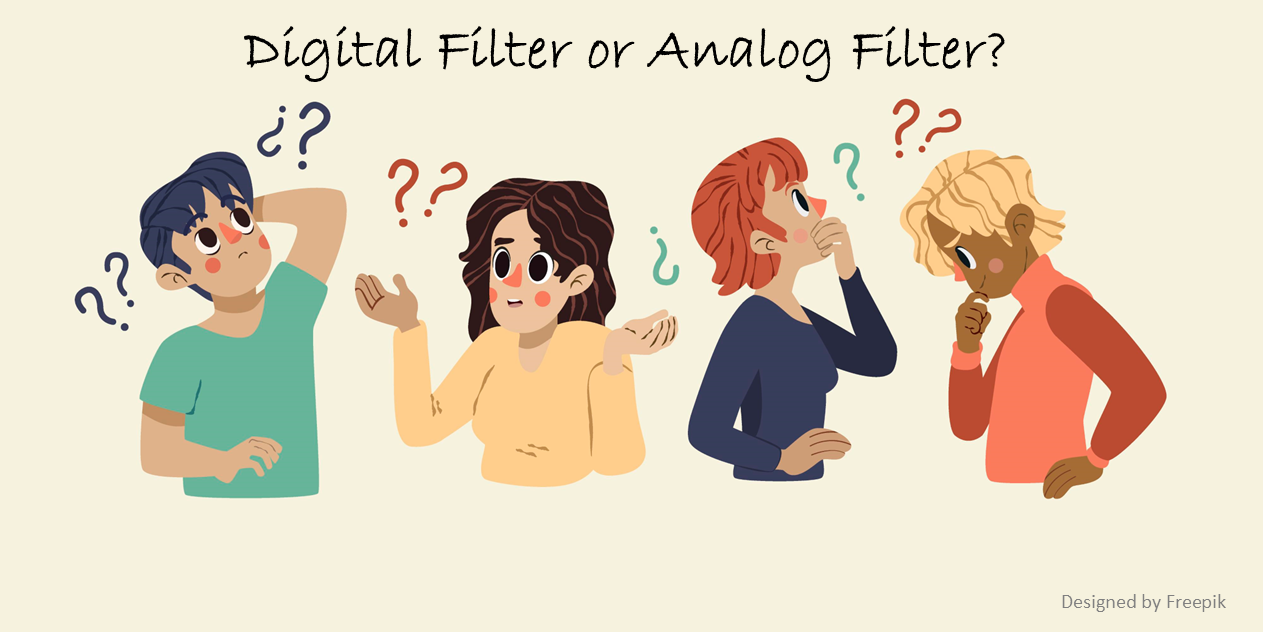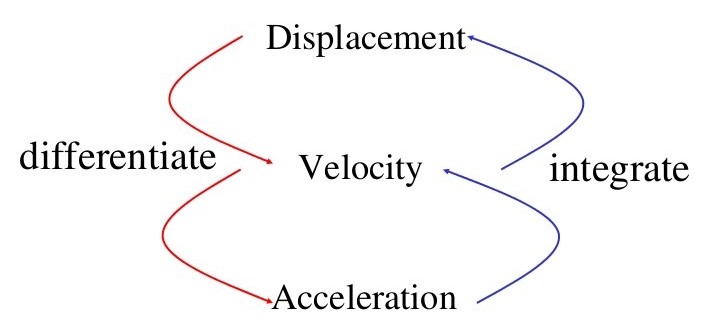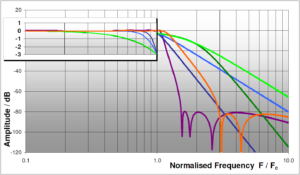Technical Library
To support and assist engineers in the test and measurement field we will feature a range of technical articles, useful tools and links. In addition you will find technical details of the standard Kemo filter responses.
We also have a range of case studies on our applications page which feature details of how Kemo products are used, this includes filters, impact hammers, accelerometers and low noise cable assemblies. Visit our APPLICATIONS page
What is Triboelectric Noise
Many engineers are not aware of the phenomenon of triboelectric noise, this can cause siginificant noise issues in a measurement system. Triboelectric noise is ‘motion induced noise’ which can be caused in cables which are carrying a charge signal from devices such as piezoelectric sensors (for example accelerometers). As the cables flex due to movement the layers within the cable rub together causing electrostatic charge to build up, this charge must go somewhere and if the correct cable type is not used it can be added to the signal charge causing a noisy output. This issue is limited by using Low Noise Cables. This video demonstrates how low noise cable can minimise triboelectric noise.
Cable Length Calculator for IEPE Accelerometers
This is probably an issue many engineers have come across without understanding the reasons. When using an IEPE accelerometer which is most commonly powered by the source built into the DAQ system there is a potential issue with higher frequency cut off caused by the build up of cable capacitance in longer cables. This effectively creates a low pass filter.
To overcome this issue there is an easy solution which is to increase your IEPE signal source current supplied. Typically the standard source is 2mA or 4mA, however by increasing this to 6mA or even 8mA much longer cables can be used without any frequency degradation. If your DAQ is unable to offer this function, Kemo’ range of IEPE signal conditioning units and many of our electronic filter products also offer the option to increase IEPE signal conditioning.
DOWNLOAD a more detailed technical article
Explaining Analog or Electronic Filters
KEMO Article – An Introduction to Electronic Filters
Article 1 – What is an Electronic Filter? Passive filter or Active Filter…..
KEMO Article – An Introduction to Electronic Filters
Article 2 – What type of Electronic Filters can I use? High Pass, Low Pass…..
KEMO Article – An Introduction to Electronic Filters
Article 3 – Specifying an Electronic Filter? Bessel, Butterworth, 4 Pole, 8 Pole…..
KEMO Article – An introduction to Electronic Filters (Digital or Analog Filters)
Digital Filters or Analog Filters – Advantages and Disadvantages
DOWNLOAD the full article




KEMO Article – How to calibrate Kemo electronic analog filters
Correct Filter Calibration – Critical performance criteria
DOWNLOAD the full article

Kemo Article – Basics of Vibration
The relationship between Acceleration, velocity and displacement

Kemo Limited Filter Response Details
Kemo Limited standard filter responses, 01, 03,05,07,09 and 41 can be used with the full range of Kemo filter products, details of these filter responses can be seen below, download the datasheet for full filteramplitude and phase response.
Filter Response 01 – Anti Aliasing – Download Technical Detail
Filter Response 03 – 8 pole Butterworth – Download Technical Detail
Filter Response 05 – 4 pole Butterworth – Download Technical Detail
Filter Response 07 – 8 pole Bessel – Download Technical Detail
Filter Response 09 – 4 pole Bessel – Download Technical Detail
Filter Response 41 – General Purpose – Download Technical Detail



